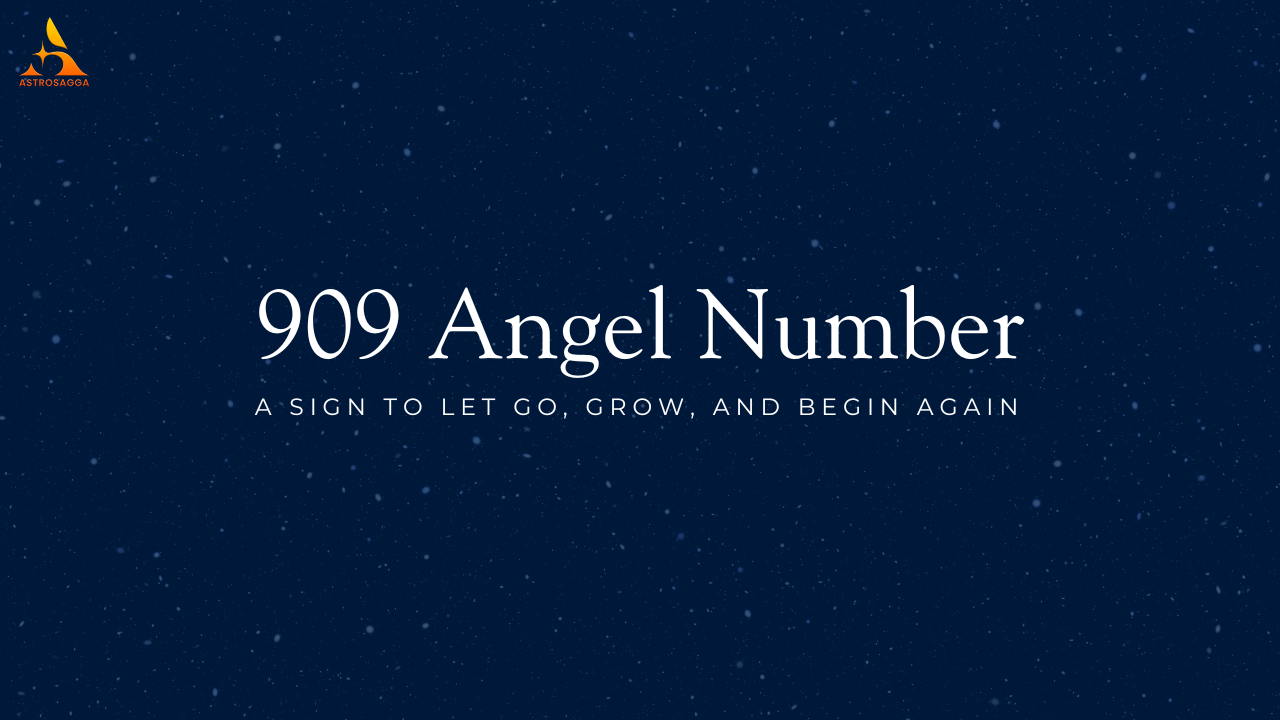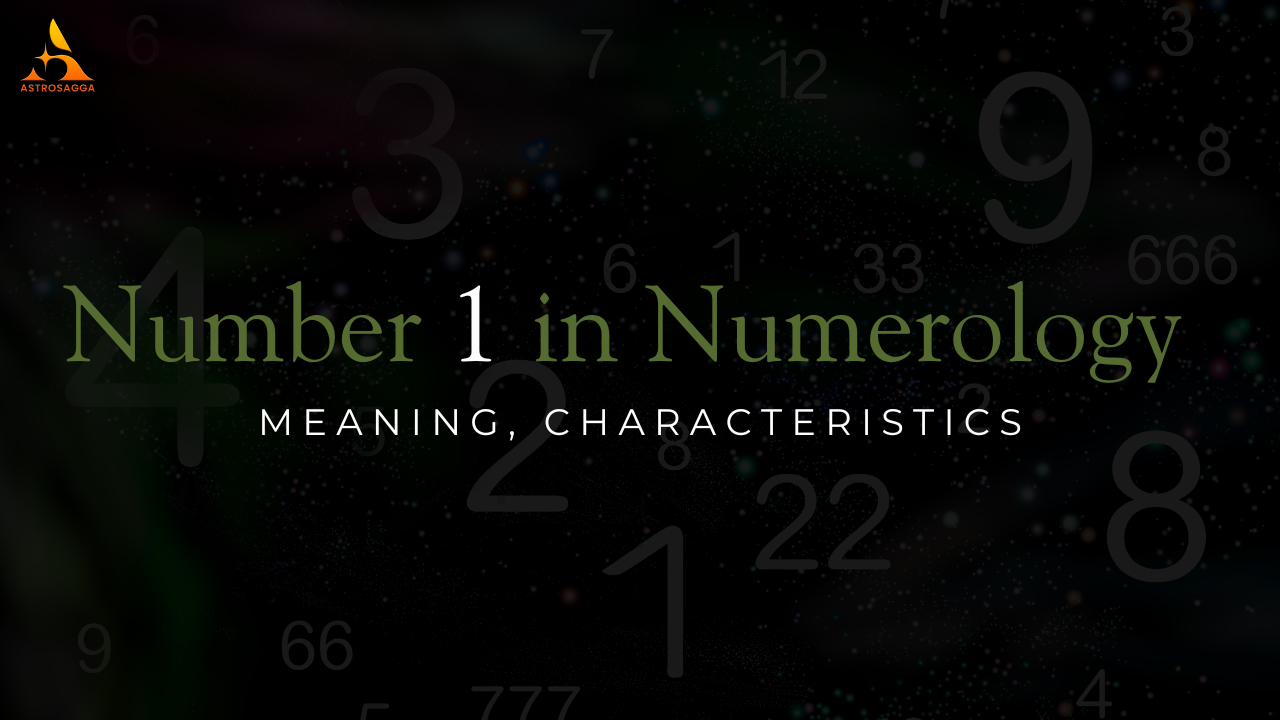Lord Vishnu avatars are revered as the preserver and protector of the universe. According to Hindu scriptures, Lord Vishnu incarnates in various forms, known as avatars, to restore cosmic order and protect dharma (righteousness). The ten principal avatars of Lord Vishnu, collectively known as Dashavatara, each serve a unique purpose in the divine plan. This article explores each avatar, their stories, significance, and teachings.
Understanding the Concept of Avatars
In Hindu philosophy, the term Avtar derives from the Sanskrit word avatāra, meaning descent. It signifies the incarnation of a deity on Earth in a physical form. Lord Vishnu avatars embody divine qualities and wisdom, guiding humanity during tumultuous times. The Dashavatara illustrates the cyclical nature of time and the importance of dharma in sustaining cosmic order.
1. Matsya (The Fish)
.png)
Story: Matsya, the first avatar of Lord Vishnu, is depicted as a fish. According to the Shatapatha Brahmana, when the great flood threatened to destroy humanity, Vishnu took the form of Matsya to save the sage Manu and the sacred texts (Vedas). He guided Manu's boat, which carried seeds of all life and the seven great sages (Sapta Rishis), ensuring the continuation of life after the flood.
Significance: Matsya represents the importance of preservation and protection. This avatar teaches the value of knowledge and wisdom in overcoming challenges. It symbolizes the need for preparation and foresight in the face of impending disasters.
Teaching: The story of Matsya emphasizes that divine intervention is often necessary to guide and protect those who seek righteousness.
2. Kurma (The Tortoise)

Story: Kurma, the second avatar, is depicted as a tortoise. During the churning of the ocean (Samudra Manthan), the gods and demons needed a solid base to support Mount Mandara, which they used as a churning rod. To assist them, Vishnu transformed into Kurma, supporting the mountain on his back.
Significance: Kurma embodies stability and endurance. This avatar teaches the importance of patience and perseverance in achieving one's goals.
Teaching: The story of Kurma illustrates that sometimes, the strongest support comes from unexpected sources, and great tasks require steadfastness and cooperation.
3. Varaha (The Boar)

Story: Varaha, the third avatar, is depicted as a boar. He appeared to rescue the Earth (personified as the goddess Bhudevi) from the demon Hiranyaksha, who had submerged it in the cosmic ocean. Varaha fought valiantly against Hiranyaksha and lifted the Earth with his tusks, restoring it to its rightful place.
Significance: Varaha represents strength and courage. This avatar teaches the importance of fighting against evil and injustice.
Teaching: The story of Varaha emphasizes that true strength is not just physical but also involves the courage to protect and uphold righteousness.
4. Narasimha (The Man-Lion)

Story: Narasimha, the fourth avatar, is depicted as a fierce man-lion. He was incarnated to protect his devotee Prahlada and to defeat the demon king Hiranyakashipu, who had received a boon making him invulnerable to death by man or beast. Narasimha manifested at twilight, tearing apart Hiranyakashipu, thus restoring dharma.
Significance: Narasimha embodies the concept of divine wrath against adharma (unrighteousness). This avatar teaches that true devotion will always be protected.
Teaching: The story of Narasimha highlights the belief that the divine will always come to the aid of the faithful, even in the most desperate situations.
5. Vamana (The Dwarf)

Story: Vamana, the fifth avatar, is depicted as a dwarf Brahmin. He approached the demon king Bali during a yajna (sacrifice) and asked for three paces of land. Bali, proud of his power, granted this request. Vamana then expanded to a gigantic form, covering the universe in three steps, thus reclaiming the heavens for the gods.
Significance: Vamana represents humility and the idea that true power lies not in physical might but in wisdom and devotion. This avatar teaches the significance of self-restraint and humility.
Teaching: The story of Vamana illustrates that even the seemingly insignificant can achieve greatness through humility and cleverness.
6. Parashurama (The Warrior with an Axe)

Story: Parashurama, the sixth avatar, is depicted as a Brahmin warrior wielding an axe. He was born to the sage Jamadagni and was known for his martial skills. Parashurama avenged the death of his father by destroying the Kshatriya (warrior caste) rulers who had become corrupt and tyrannical, restoring balance in society.
Significance: Parashurama embodies the warrior spirit and the importance of justice. This avatar teaches the value of righteousness in fighting against oppression.
Teaching: The story of Parashurama emphasizes that sometimes, one must take a stand against injustice, even if it requires violence.
7. Rama (The Prince of Ayodhya)

Story: Rama, the seventh avatar, is depicted as the prince of Ayodhya and the hero of the Ramayana. He is known for his unwavering devotion to duty and righteousness. Rama was exiled to the forest for fourteen years, during which his wife Sita was abducted by the demon king Ravana. Rama, with the help of Hanuman and an army of monkeys, defeated Ravana and rescued Sita.
Significance: Rama represents the ideal man and the epitome of dharma. His story teaches the importance of duty, honor, and devotion.
Teaching: The tale of Rama illustrates that adherence to one's responsibilities and moral values is essential for a harmonious life.
8. Krishna (The Divine Cowherd)

Story: Krishna, the eighth avatar, is portrayed as a divine cowherd and a central figure in Hinduism. He is known for his mischievous childhood, his role as a divine lover, and his profound teachings in the *Bhagavad Gita*. Krishna guided the Pandavas in the Kurukshetra War, emphasizing the importance of righteousness and duty.
Significance: Krishna embodies love, compassion, and wisdom. This avatar teaches the importance of devotion and the pursuit of truth.
Teaching: The teachings of Krishna in the *Bhagavad Gita* emphasize that one should fulfill their duties without attachment to the results, promoting a path of selfless action.
9. Buddha (The Enlightened One)

Story: Some traditions recognize Buddha as an avatar of Vishnu, emphasizing compassion and non-violence. Born as Siddhartha Gautama, he renounced worldly pleasures to seek enlightenment. Upon attaining Nirvana, Buddha shared his insights, promoting a path of peace and mindfulness.
Significance: Buddha represents peace and the pursuit of knowledge. This avatar teaches the importance of inner peace and understanding.
Teaching: The inclusion of Buddha in the Dashavatara illustrates that different paths can lead to the same ultimate truth and that compassion is essential for a harmonious society.
10. Kalki (The Future Warrior)

Story: Kalki is the prophesied future avatar of Lord Vishnu, expected to appear at the end of the current age (Kali Yuga) to restore dharma. Riding a white horse and wielding a sword, Kalki is foretold to vanquish evil and reestablish righteousness on Earth.
Significance: Kalki represents hope for the future. This avatar teaches that the cycle of creation and destruction is natural and necessary for renewal.
Teaching: The story of Kalki emphasizes that, despite the current challenges, divine intervention will always restore balance and justice.
Conclusion
The ten avatars of Lord Vishnu serve as timeless symbols of hope, righteousness, and the eternal struggle against evil. Each incarnation brings forth essential teachings that guide humanity toward a harmonious existence. By understanding these divine forms, we can gain insight into the moral and ethical principles that govern our lives.
The Dashavatara not only highlights Lord Vishnu's role as the preserver of the universe but also emphasizes the importance of adhering to dharma and the pursuit of truth. These teachings remain relevant today, reminding us of our responsibilities toward ourselves, others, and the world around us.


.png)









